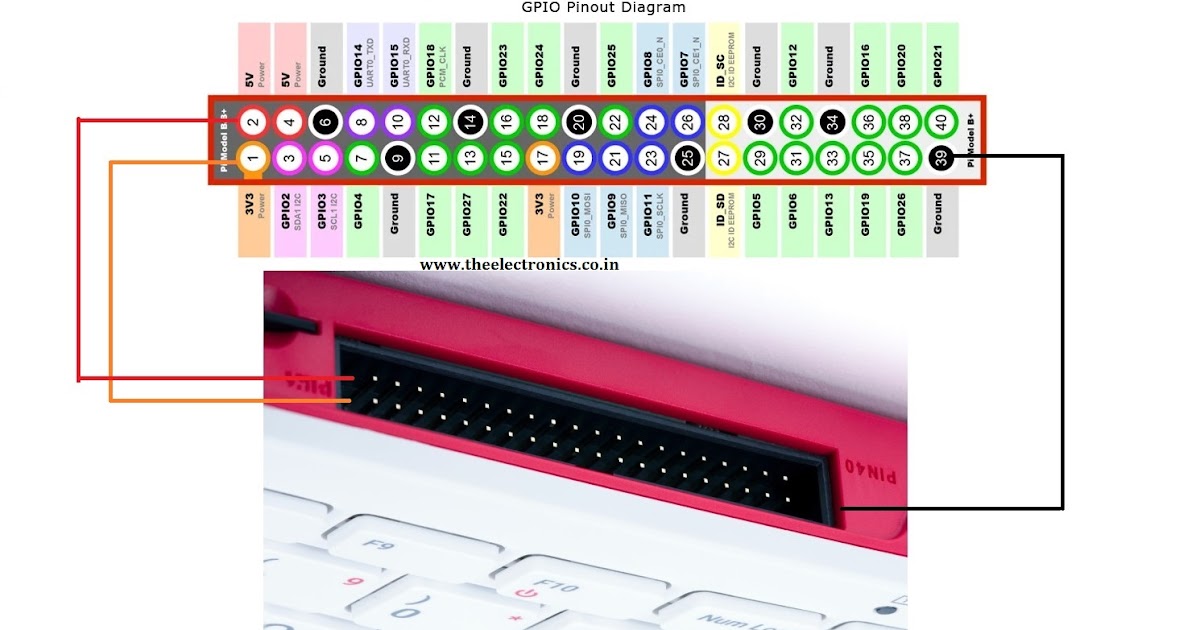

- #Mpeg 2 decoder raspberry pi how to
- #Mpeg 2 decoder raspberry pi install
- #Mpeg 2 decoder raspberry pi full
- #Mpeg 2 decoder raspberry pi license
The livestreamer utility helps simplify the process of downloading video from UStream and other video stream providers.
#Mpeg 2 decoder raspberry pi install
If not, you can always install it: $ sudo apt-get install omxplayerīut how do we connect the HLS stream from UStream to omxplayer? Recent releases of Raspbian include omxplayer, so chances are you already have it installed. To use omxplayer you do not even need to be running the graphical environment, the video plays as an overlay, even on top of the console. I have found that omxplayer is a pretty good command line player, specifically created for the Pi and with support for hardware decoding. So in my view, using a web browser for this project is not an option. Unfortunately playing this type of stream in a browser on the Raspberry Pi is kind of complicated, as you need a modern browser that can run their Flash/HTML5 video player, and on top of that you need the player to be specifically designed to use the hardware accelerated decoder in the Pi.
#Mpeg 2 decoder raspberry pi how to
But UStream does not openly advertise how to access these playlists, instead they expect clients to embed a UStream web based video player applet based on Flash or HTML5, where all the HLS processing is done. The stream is delivered in short segments, presented to the player in a constantly changing playlist, using a format called HLS. The ISS live stream is provided by UStream.
#Mpeg 2 decoder raspberry pi license
As a side note, an MPEG-2 decoder is also available, but a license needs to be purchased from the Raspberry Pi Foundation to use it. This is the format most web based video streams use, including the ISS stream. The Pi's GPU comes with a H.264 video decoder from the factory. The Raspberry Pi is well equipped for the task of playing video streams because it can decode the video in the GPU, so the amount of work done in the CPU is minimal. Playing Video Streams on the Raspberry Pi In this short article I'm going to show you how to play the ISS live stream on your Raspberry Pi. Something I can keep an eye on while I work, so that I can catch the most interesting views without having to have it constantly taking space on my main computer's screens. I thought it would be a cool idea to have this stream running constantly on a screen by my desk.

You can always check to find out over which region the ISS is over and if it is day or night there. Keep in mind that you have a 50% chance of catching the dark part of the planet, so if all you find is an all black image then try again a little later. If you haven't seen this stream yet, then stop reading and go watch it now. Place your order now to show support! I ordered mine~~~ġ525: Order placed, confirmation received.A few weeks ago NASA started streaming live video of Earth from cameras installed aboard the International Space Station (ISS), and some of the views are nothing short of breathtaking. New video features! MPEG-2 and VC-1 decode, H.264 encode, CEC support –
#Mpeg 2 decoder raspberry pi full
Our bad.Īt GBP2.4 (only USD3.8, or HKD30), now our beloved RaspberryPi can enjoy full hardware decode with MPEG2 support, which is very important for my usage in DVB TV solutions! Our initial expectation was that most of you would buy the Raspberry Pi for educational purposes, and that you wouldn’t mind that MPEG-2 wasn’t available.

Providing that licence would have raised the price of every Raspberry Pi by roughly 10%, and we simply weren’t able to justify that when we held it up against the educational goals of the Foundation. One of the things that we had to regretfully dismiss as an option was an MPEG-2 decode licence for every unit. If you’ve been following this website since we launched it last summer, you’ll probably be aware that we had to make some hard decisions about exactly what we could include on the Raspberry Pi if we were to meet our extremely low target price.


 0 kommentar(er)
0 kommentar(er)
